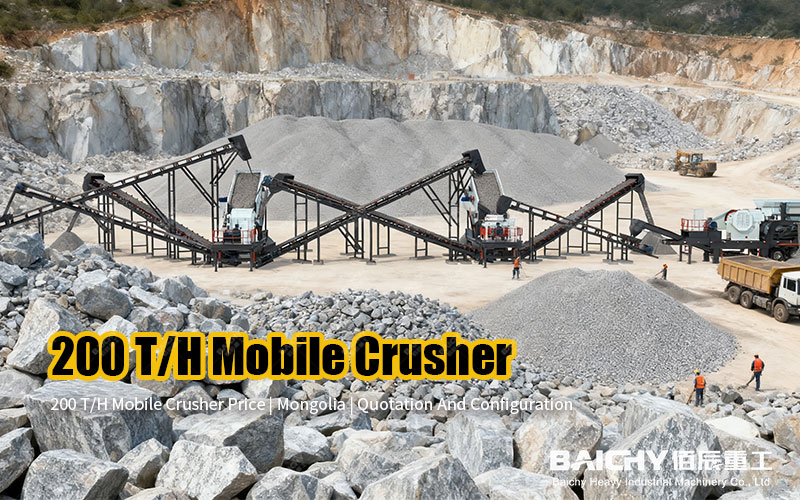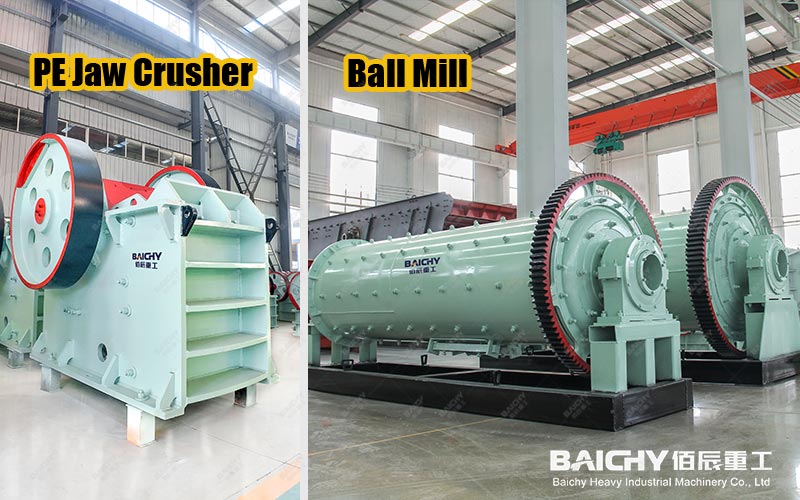
In production lines of industries such as cement, metallurgy, power, and even chemicals, the first critical process often begins with a pile of lumpy raw materials. How to transform these raw materials, such as limestone, slag, and coal powder, which vary in size and hardness, into a fine, homogeneous, and stable powder, like flour? The answer lies within a behemoth—the vertical roller mill.
It has long surpassed the traditional ball mill, becoming the undisputed "heart" of modern raw material preparation systems. Today, let's delve into the extraordinary capabilities of the vertical roller mill, which have won the favor of engineers worldwide.
I. What is a Vertical Roller Mill? What is its Working Principle?
Imagine a giant "rolling mill." The core principle of a vertical roller mill is exactly like this:
• Core Structure: It mainly consists of a grinding disc, grinding rollers, a pressurizing device, and a classifier.
• Work Process:
1. Feeding and Spreading: The raw material falls through the central feed port into the center of the high-speed rotating grinding disc and is evenly spread under centrifugal force.
2. Grinding and Crushing: Two to four large grinding rollers, under the action of a hydraulic system, are pressed tightly against the material layer on the grinding disc. The raw material is "crushed" and "shorn" into fine powder between the rollers and the grinding disc.
3. Air-Sweeped Drying and Sorting: Hot air is blown in from the bottom of the mill, simultaneously blowing up the fine powder and drying the damp raw material. The blown-up fine powder enters the dynamic classifier at the top.
4. Fine Grading: The classifier acts like a "smart sieve." Qualified fine powder is discharged with the airflow and collected as the finished product; while overly coarse particles are thrown back to the grinding disc for re-grinding.
This highly integrated process achieves "grinding, drying, and sorting" in one, which is the source of its high efficiency.
II. Why is the Vertical Roller Mill the "Undisputed Choice" for Raw Material Processing?
Compared to traditional ball mills, the advantages of vertical roller mills are comprehensive:
1. Significantly Reduced Energy Consumption:
This is its most core advantage.
1. Utilizing the "bed grinding" principle: Energy is applied directly to the material, avoiding the significant energy loss from collisions and friction between steel balls and between steel balls and liners in ball mills. Overall power consumption is reduced by 30% to 50% compared to ball mills.
2. Extremely High Production Efficiency: The integrated design significantly shortens the process flow. Simultaneously, the built-in high-efficiency classifier promptly separates qualified finished products, preventing over-grinding and greatly improving production efficiency.
3. Powerful Drying Capacity: Hot air can be introduced to directly dry raw materials with high moisture content (such as slag and clay) within the mill, eliminating the need for separate drying equipment, simplifying the process, and reducing investment costs.
4. Stable Product Quality: The dynamic classifier precisely controls the fineness and particle size distribution of the finished product, resulting in better product uniformity and providing a stable guarantee for subsequent sintering or chemical reactions.
5. Small Footprint and Low Noise: The compact vertical structure occupies a much smaller area than ball mills with the same capacity. Furthermore, operating noise is typically below 85 decibels, creating a more environmentally friendly working environment. 6. Easy Operation and Maintenance: Modern vertical roller mills employ an automatic control system, enabling smooth start-up, shutdown, and intelligent adjustment. The grinding rollers can be flipped out of the machine, making replacement of wear-resistant liners quick and easy, reducing downtime.
III. Core Application Areas of Vertical Roller Mills
• Cement Industry: The absolute mainstay for grinding cement raw materials, clinker, and slag powder.
• Iron and Steel Metallurgy: Efficiently processes blast furnace slag to produce high-quality slag powder as a cement admixture.
• Non-metallic Minerals: Used for ultrafine grinding of non-metallic minerals such as calcite, barite, gypsum, and phosphate rock.
• Power Industry: Used for pulverized coal preparation, providing fuel for power plant boilers.
Conclusion: Choosing a vertical roller mill is choosing the future.
In today's era where "dual carbon" goals are driving the green transformation of manufacturing, vertical roller mills, with their superior energy-saving and consumption-reducing characteristics, high production capacity, and stable product quality, perfectly meet the core demands of modern industry for "efficient, clean, and intelligent" production.
It's more than just a grinding machine; it's a key piece of equipment for enterprises to enhance their core competitiveness and achieve sustainable development. If you are planning or upgrading your raw material preparation production line, gaining a deeper understanding of vertical roller mills is undoubtedly a wise starting point.











